Being a successful designer requires time and constant dedication. In order to be successful, you have to stay at your top game continually. Keeping track of your time and properly managing it is essential in this situation. Whether you work full-time or as a freelancer, coordinating your day is vital for producing quality projects. Today the proper use of time is even more significant than ever before because we live in a world of stringent deadlines and enormous requests.
This article will offer you several tips on how to develop your time management skills as a designer. It doesn’t matter whether you are generally a designer, an illustrator, or a creative director. You can implement these tips despite working at home or in an office. Here are some tips to aid you in organizing your time more efficiently.
Establish personal limits

When working independently, it is particularly important to define your limits. Make sure you know when you end up having too many meetings and when to get out of the boring ones, meet deadlines, and establish personal workload limits. Set a whole number of projects which you can achieve in the set time. Don’t agree with the goals you can’t reach. This way, you will be able to deliver the promised projects, but you can also reduce the stress that comes with them.
Create a to-do list

Planning is an excellent way to keep track of your time and projects. A simple to-do list will be sufficient. It will serve as a reminder and help you get things done. Set a time limit for each project, and then all you need to do is follow that timeline. However, it is essential to create another version of that list – just in case you cannot do a specific time at the time set. In addition to this, you can also create a monthly or weekly plan to review and adapt your time.
Take the time you need to do a quality job.
It is crucial to dedicate yourself to your projects fully. It might seem demanding at first, but the quality of your work is going to make clients drawn to you. It might take a little longer, but it will promise great results. Take a little extra time to focus on details and minimizing errors. This will make you do your projects more comfortable and quicker.
Chunk it
Another great time-management strategy is breaking a tremendous job into smaller pieces. This way, you will do this unmanageable job – manageable. This approach will also help you give priority to certain parts, depending on their relevance. You can also group them in categories depending on their similarity.
Stick to your strengths
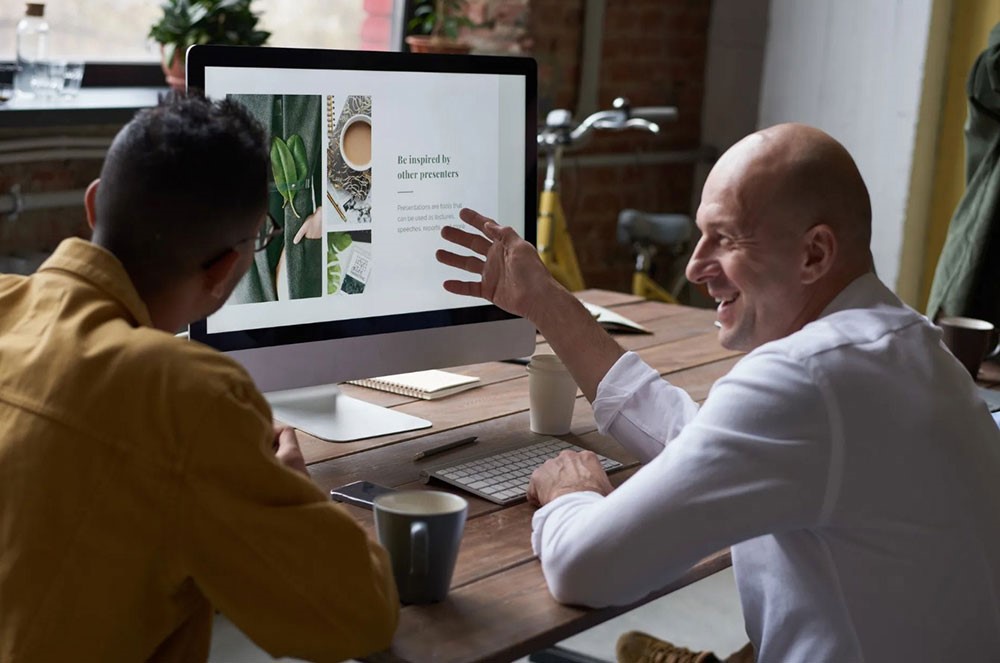
It is best to engage in projects in which you have competent skills. Choose such jobs in which you know you will have a great result. You should always avoid demanding situations in which you have to experiment with new, untested methods. It is unnecessary and time-consuming most of the time. So, stick to techniques you know work, and deliver your projects in no time.
Pay attention to your productivity and energy levels
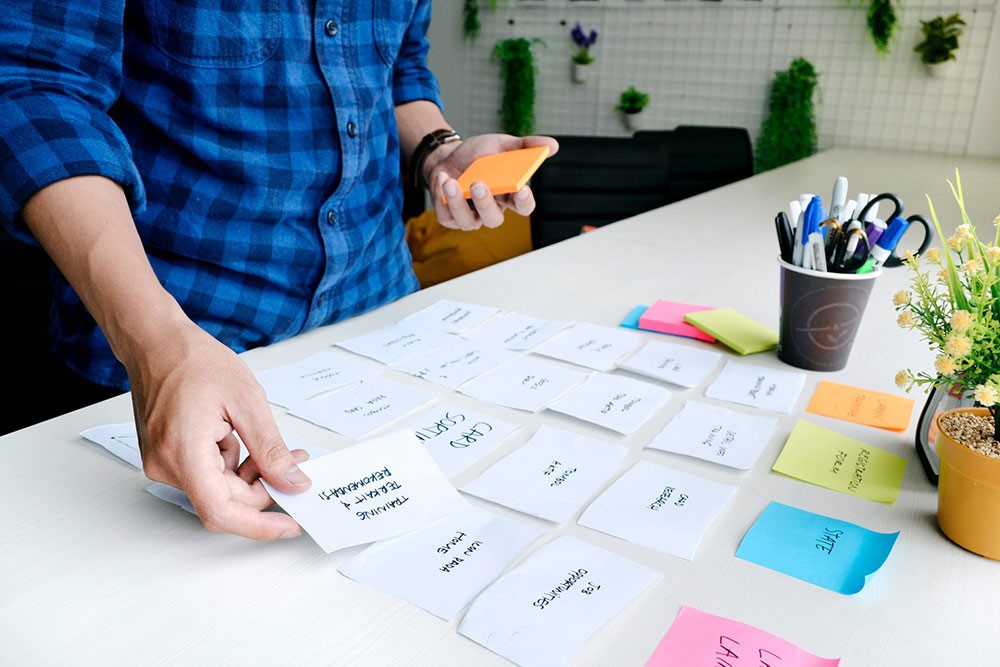
Keep in check your productivity. Create schedules that match your productivity levels. Plan your day according to personal capabilities and energy levels. Use time management apps to keep yourself in check. Give yourself the necessary time to rest in order to maximize your performance. You can’t have the same energy and productivity levels every day. Maybe you work best early in the morning or very late at night. Plan your work hours and rest hours by your own needs. Be mindful of your boundaries and capabilities.
Get away from distractions
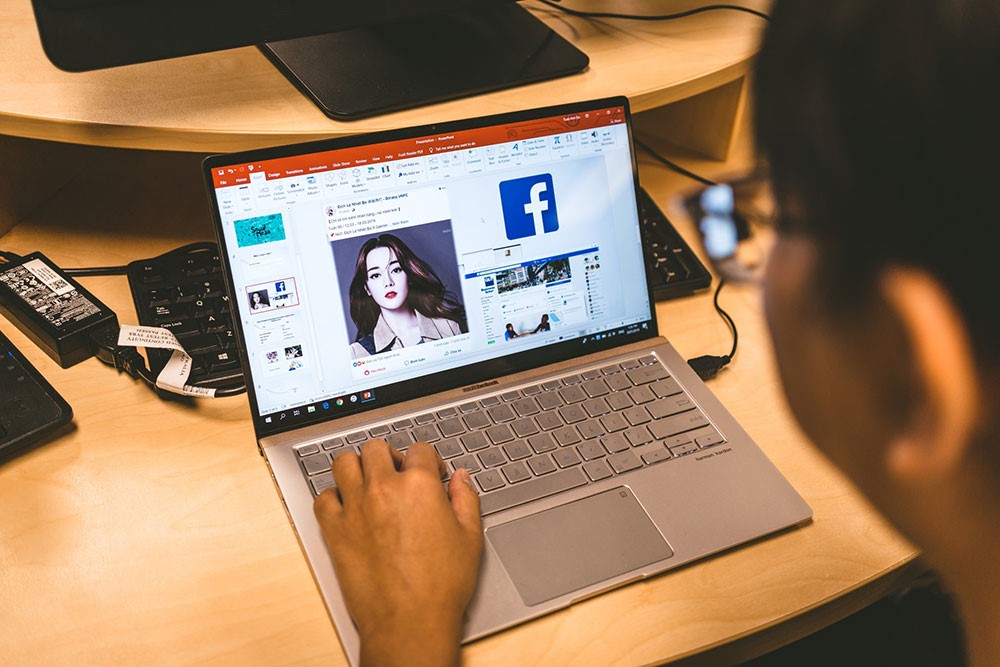
Be aware of your distractions. Maybe you’re checking messages, emails, and social media all the time? Be mindful of your focus abilities. After all, it is up to you to create a distraction-free environment. Set a timeframe where you will only work. With that, you can enjoy the rest of the day, free of any duties.
Force yourself to do the projects you hate first.
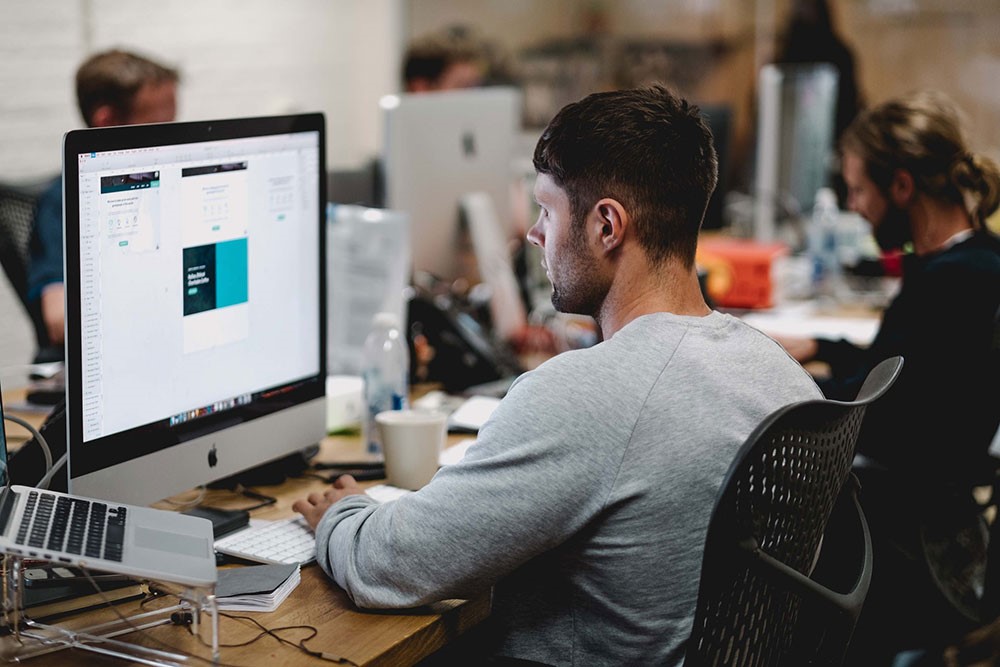
If you plan your projects by the scale of fun they are – don’t put the most interesting ones at the top of the list. If you finish all the fun projects, the rest will be annoying to do, and you will have a hard time finding the motivation to finish them.
Take care of your computer
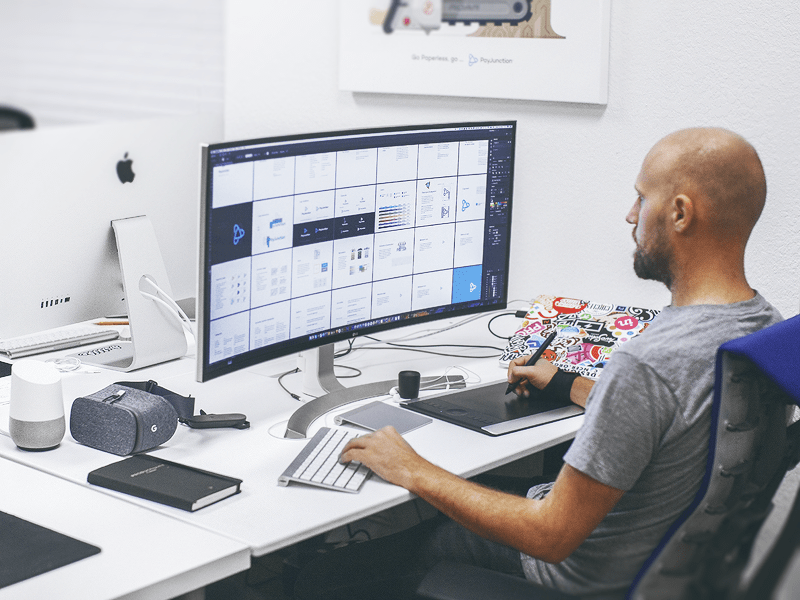
It is essential to have a working computer. Fast and virus-free computers will help you finish your projects fast. Spend one day on decluttering and cleaning your computer from harmful things or from things that might distract you.
Organize your workplace to suit your needs
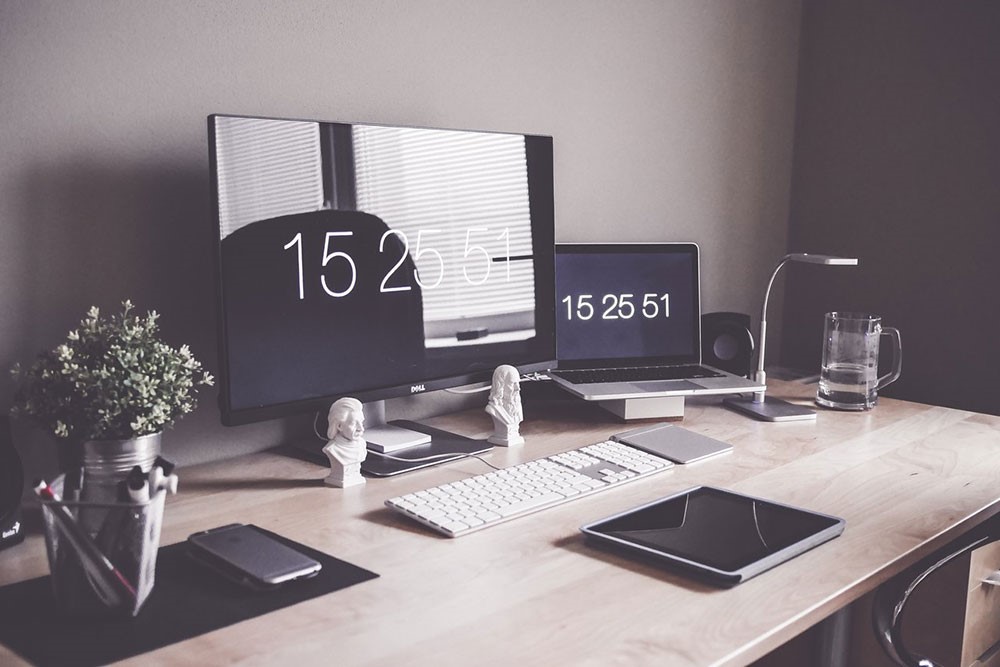
Organize your workplace into a more comfortable environment. Cluttered, disorganizes spaces tend to distract us and make us even more anxious. This is very important, especially for graphic designers.
Your environment and workplace should be structured to effortlessly provide you all the tools needed to handle your work. An organized workplace helps to increase your creativity, which has a direct connection to your overall productivity.
Put yourself under pressure
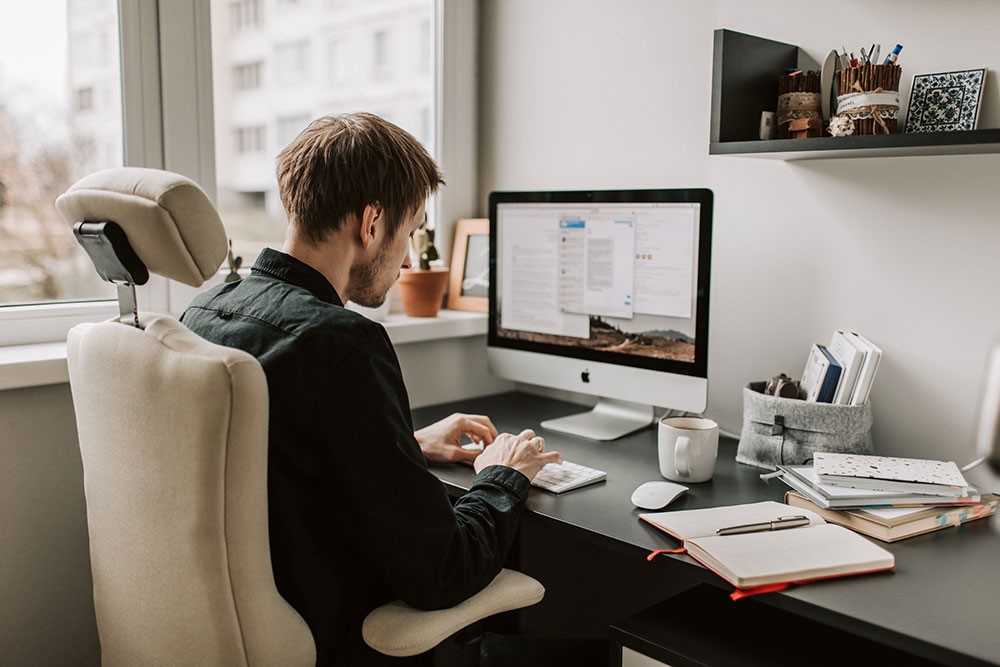
Many creative people work best when under pressure. A nearby deadline or maybe impatient clients are something that drives them to do their best. Setting optimistic yet realistic goals can do amazing things. It can shorten the time which takes to finish the project usually. Having a little bit of more work than often can help a lot in optimizing performance.
Stop before you think you’re done
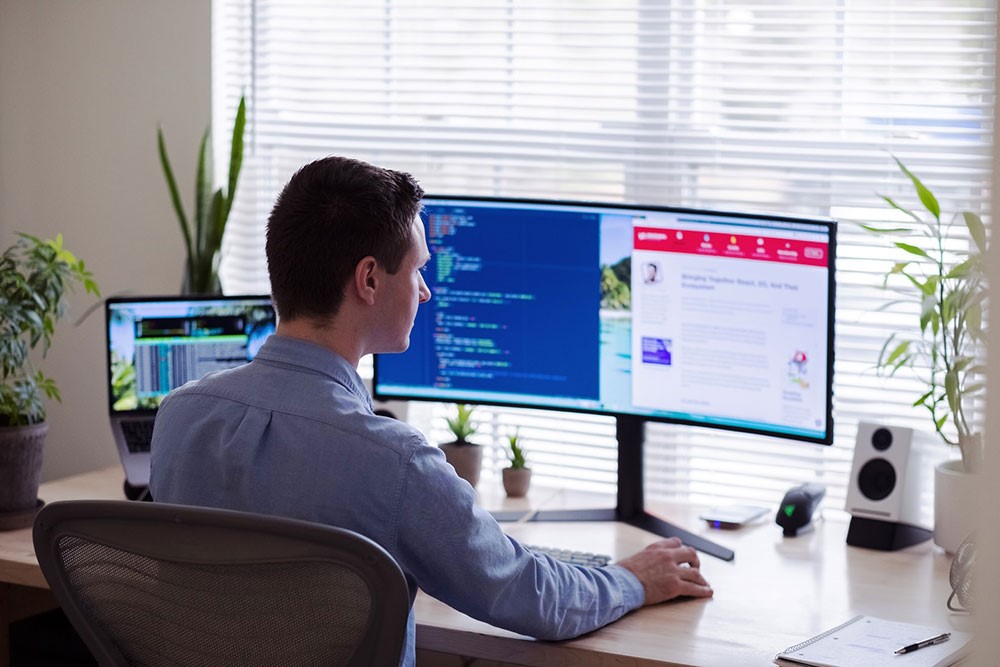
A lot of people tend to overdo their projects. Don’t try to make everything perfect. Many of the most magnificent ideas came from stupid simple mistakes. Keep this in mind the next time you start a project.
Train yourself self-control

You can condition yourself to work harder and faster. After a successfully finished job, rewarding yourself with a simple yet fulfilling prize can help a lot. It will make you happy to finish the job and motivate you to work harder the next time.
Say No!

A lot of freelances make this beginner mistake where they agree to every job out there and don’t say no. It sounds exciting, especially when you’re first starting. However, often, it is a much larger task than you can handle. Accept jobs only which you know you can manage.

